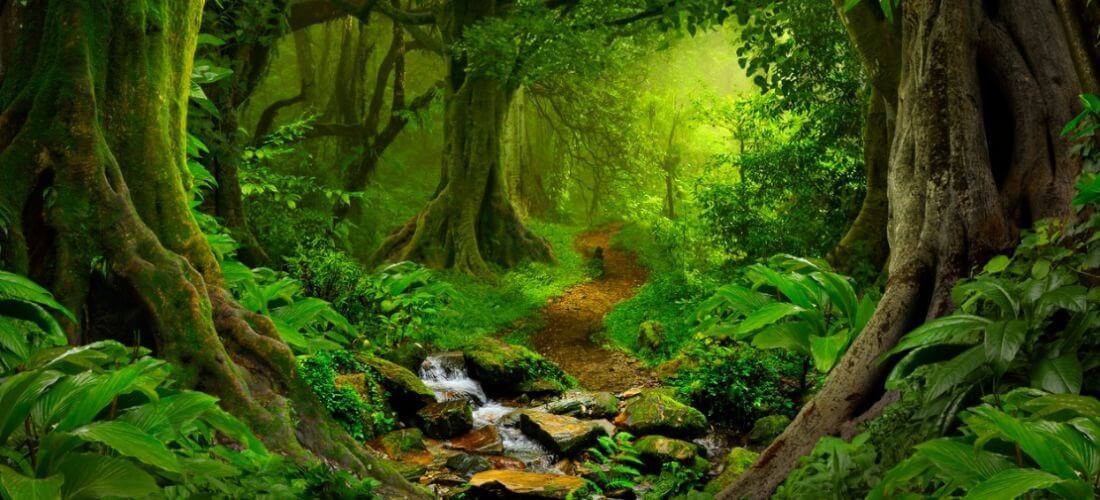Vegetable Facts for Kids
In this section you’ll learn about vegetables. You’ll learn what a vegetable is. How vegetables are different than fruit and other facts about vegetables.

Welcome to our plant facts library. This is a huge collection of facts on many different types of plants. This is a nice resource for kids and teachers. It’s also good for adults who want to learn about plants. We hope you find these facts fun, pleasant and useful at learning about plants. Scroll down and pick a section to explore that plant or plant subject.
Our plant facts library has a lot of sections. Each section is about a specific type of plant. We have a section about trees, flowers, rainforest and many more. Can’t find the facts you need? Check back next week, we’re always adding new sections. You can contact us with a request, and we’ll add it to a future update.
Below are the plant fact sections, in order from A to Z.
In this section you’ll learn about vegetables. You’ll learn what a vegetable is. How vegetables are different than fruit and other facts about vegetables.
In this section you’ll learn about the venus flytrap. You’ll learn what a venus flytrap is. What a venus flytrap eats about the venus flytrap.
In this section you’ll learn about trees. You’ll learn what a tree is. Where trees grow. How humans use trees everyday and other facts about trees.
In this section you’ll learn about the rainforest. You’ll learn what a rainforest is. Where rainforests are located and other facts about the rainforest.
In this section you’ll learn about photosynthesis. You’ll learn what photosynthesis is. Why plants need photosynthesis and other facts about it.
In this section you’ll learn about plant cells. You’ll learn what a plant cell is. What makes up a plant cell. How plants use their cells and other facts about them.
In this section you’ll learn about poison ivy. You’ll learn what poison ivy is. Where poison ivy grows. Why poison ivy causes a rash and other facts about it.
Parts of the flower facts for kids, students and teachers. Learn about all the different parts of a flower.
Parts of a plant facts for kids, students and teachers. Learn about all the different parts of a plant.
In this section you’ll learn about moss. You’ll learn what moss is. Where moss likes to grow. How big moss can get and other facts about moss.
In this section you’ll learn about leaves. You’ll learn what a leaf is. How plants use leaves. How big a leaf can get and other facts about leaves.
In this section you’ll learn about grass. You’ll learn what grass is. Where grasses grow. What are the different types of grass and other facts about it.
In this section you’ll learn about greenhouses. You’ll learn what a greenhouse is. How a greenhouse can help you grow plants and other facts about greenhouses.
In this section you’ll learn about fruit. You’ll learn what a fruit is. Why flowering plants grow fruits. Why fruits are a healthy food and other facts about fruit.
In this section you’ll learn about the field of forestry. You’ll learn what forestry is. What a forester is. How forestry helps forests and other facts about forestry.
In this section you’ll learn about flowers. You’ll learn what a flower is. Where flowers grow. How humans use flowers and other facts about flowers.
In this section you’ll learn about forests. You’ll learn what a forest is. Where forests are located. How much area contains forests and other facts about forests.
In this section you’ll learn about chloroplast. You’ll learn what a chloroplast is. Why plants need chloroplast. How chloroplast powers plants and other facts about it.
In this section you’ll learn about cacti. You’ll learn what a cactus is. Where cacti grow. How big a cactus cacti can grow and other facts cacti.
In this section you’ll learn about bamboo. You’ll learn what bamboo is. Where bamboo grows. How humans use bamboo and other facts about bamboo.
In this section you’ll learn about algae. You’ll learn what algae is. Where algae grows. What are the different types of algae and other facts about it.
A plant is a multicellular organism that is a member of the Plantae kingdom. Green plants use the photosynthesis process to create energy. Photosynthesis converts carbon dioxide and water into sugar and oxygen using sunlight. The basic needs for a plant to grow are water, soil and sunlight. Some plants don’t grow in the soil, but on rocks or other objects. Plants produce oxygen through the photosynthesis process, a vital element for life on Earth.
There are around 230,000 plant species on our planet and there are estimates that there could be tens of thousands more that have yet to be discovered and described. Plants are found on every continent, including Antarctica. Plants are found deep in the ocean, in dry deserts, high in the mountains and virtually everywhere else you can think of. Terrestrial plants (land) started to appear around 450 million years ago.
Plants are important to humans. They produce oxygen, which is vital to the human body. Many plants can be consumed by humans. Vegetables, fruits and other plant parts are commonly eaten by humans. Plants are a source of building materials. Humans harvest wood from trees to build structures, like a house. Plants help remove carbon dioxide from our atmosphere through the photosynthesis process. Without plants, humans and most other organisms on our planet wouldn’t be alive today.